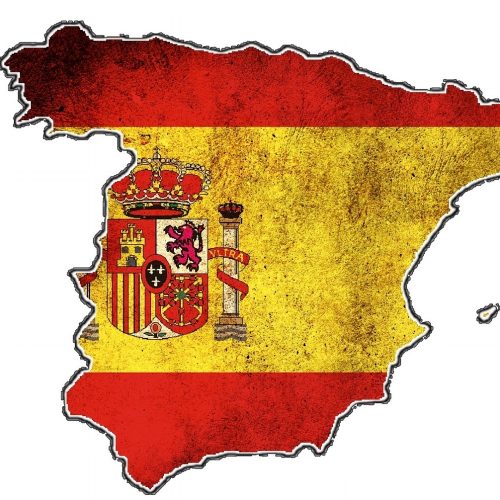
An Introduction to the Spanish Political System
Dear Mary,
Oftentimes, when we go abroad, we imagine that other people think about and act on politics in similar ways to us. However, that is simply not true (and one of the reasons why it is so hard to talk about politics with people from other places). That is why we think it is essential to the beginning of your journey with Spain—whether it be for study abroad, work abroad, or travel abroad purposes—to understand the foundation of the Spanish political system. We believe that this understanding can also provide insight into Spanish conversations, frustrations, and news.
While we don’t pretend to be experts on this system, we have studied the development of the current democracy which came about after the dictatorial rule of Francisco Franco. Despite having had kings for many years in Spain, this country also has a long history with democracies and it is what people fought for when they went against Franco during the Spanish Civil War. This most recent democracy began after the end of the dictatorial rule when Francisco Franco died in 1975.
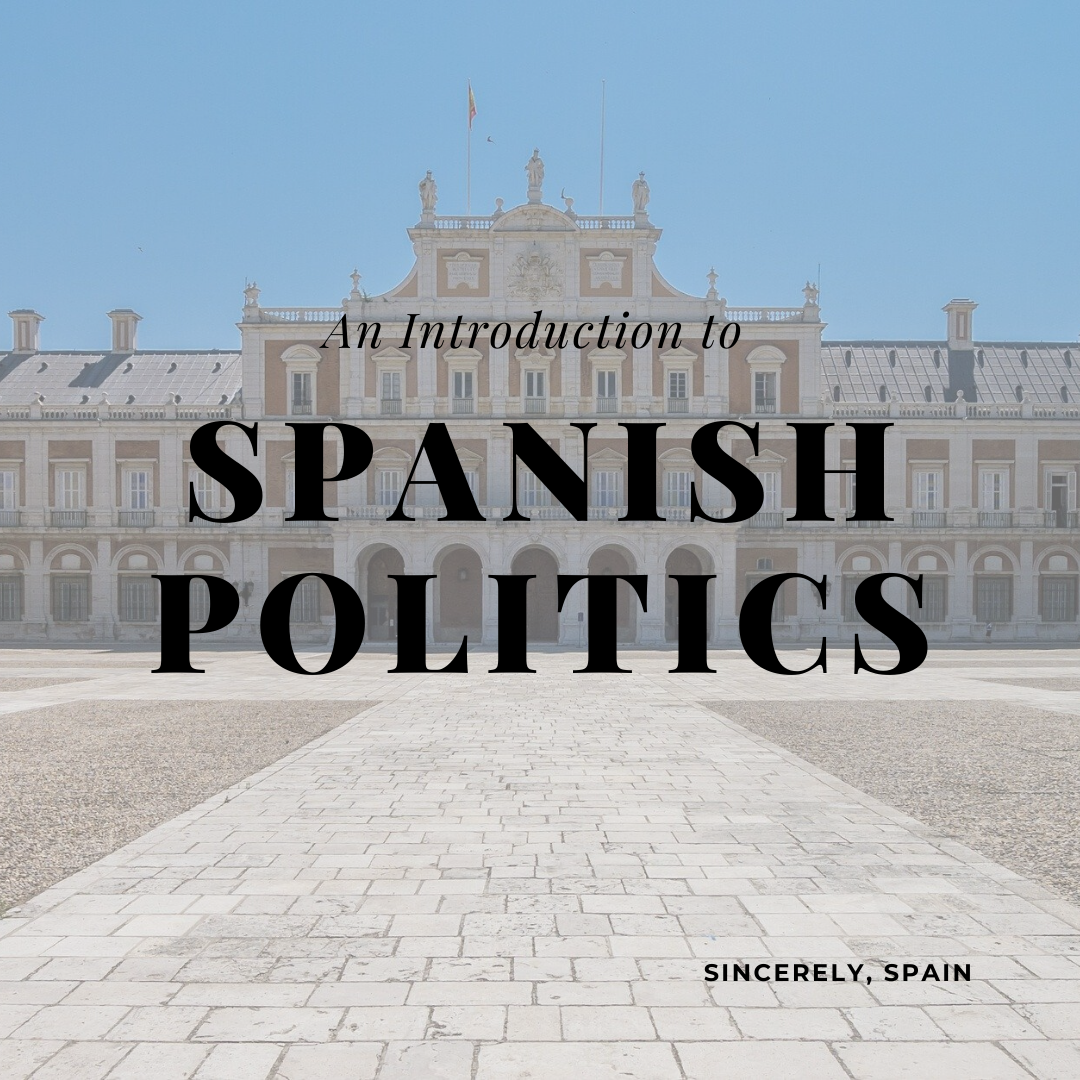 The Constitution of 1978
The Constitution of 1978
The most recent Spanish constitution was written in 1978 by the government that was set up after the end of Franco’s regime. It has not been modified since it was written, and you can find varying opinions from people whether or not they believe that it should be updated. In comparison with the U.S. Constitution, the Spanish Constitution is fairly young (which is sometimes easy to forget as Spain is a much older country). However, like the U.S. Constitution, parts of the population believe it is time to amend some of the articles.
The Constitution of 1978 refers to Spain as a parliamentary monarchy. This means that the king of Spain is the head of the country, although Spain itself is a democratic, representative, constitutional country. During Spain’s past, there have been a couple of moments where the king was not the head of State, but it has been far more common to have a king than not. At the same time, the king is not the supreme ruler and oftentimes seen more as someone who represents that country but is more in the political background.
The executive power in Spain is distributed between the prime minister—the legal head of the government—, other ministers, and a cabinet where the legislative power is found in a bicameral parliament which is formed by the Congress and the Senate. Together these groups create the Cortes Genales, otherwise known as the Cortes or Courts. However, the centralized government is only responsible for certain aspects of Spanish politics and the rest of the tasks are distributed into the governments of the Autonomous Communities, regions, and municipalities.
This distribution of power means that the various Autonomous Communities have control over many different aspects of political life, such as education, policing, and construction of roads. For example, this means that university education costs different amounts in different regions and that in some places highways are toll roads whereas in others they are free. This highly decentralized system allows communities that have rebelled against a central system, such as the Basque Country and Catalonia, to implement their preferences in many different areas of political life. While it may seem strange to people from some places, it is especially important in regions that pride themselves on their differences to be able to recognize what makes them unique. Spain is a country that is composed of many different regions and by granting this autonomy, in many cases, the central government allows Spain to continue existing as they are today.
The Spanish Political Parties
The Spanish Political system is a multi-party system. However, until recently, it was primarily a bi-party system with the influence of regional parties (such as the Basque and Catalan regional parties) having pull in their Autonomous Communities. We can see mainly bi-party systems that work in democracies, such as in the United States, where the majority of power lies within these two groups with only a few votes going to other parties.
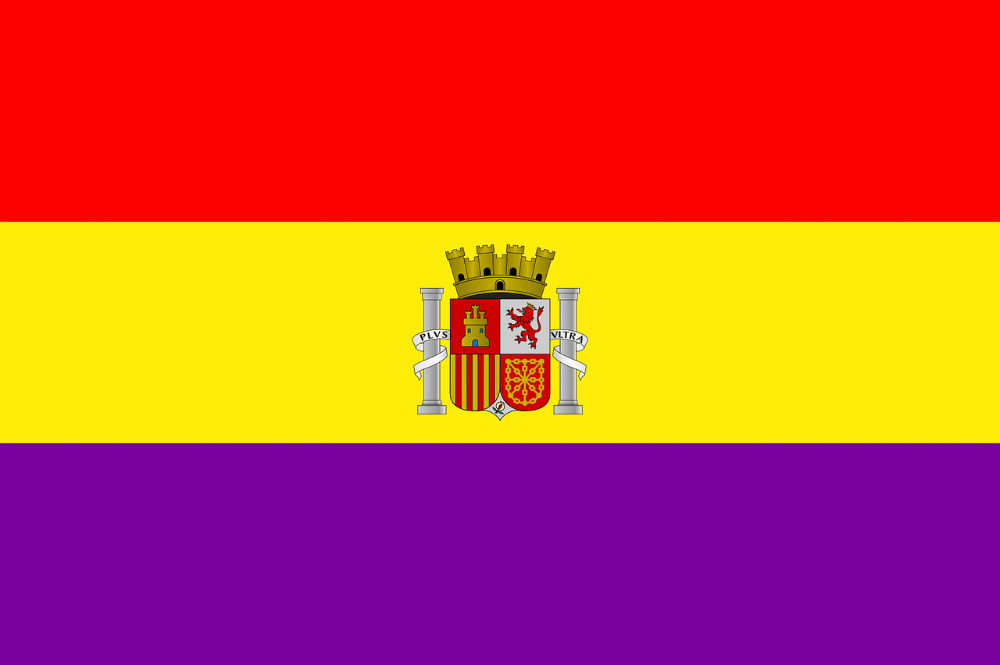 Up to the 2015 elections, the two main parties in Spain included one that represented the community of workers, which we would consider to be the equivalent to the democratic party in the U.S. In Spain, this party is called the Partido Socialista Obrero Español [PSOE] or the “Spanish Workers Socialist Party” and is actually known as a “republican” party because it is more for the Republic of Spain (Spain without a king). The more conservative party is known as the Partido Popular [PP] or the “People’s Party” and is known as the democratic party in Spain. Since 1978 these two main parties have evolved over time, changing leaders, names, etc., but their main purpose and ideology has remained similar.
Up to the 2015 elections, the two main parties in Spain included one that represented the community of workers, which we would consider to be the equivalent to the democratic party in the U.S. In Spain, this party is called the Partido Socialista Obrero Español [PSOE] or the “Spanish Workers Socialist Party” and is actually known as a “republican” party because it is more for the Republic of Spain (Spain without a king). The more conservative party is known as the Partido Popular [PP] or the “People’s Party” and is known as the democratic party in Spain. Since 1978 these two main parties have evolved over time, changing leaders, names, etc., but their main purpose and ideology has remained similar.
However, the elections in 2015 changed this primarily bi-party system to a four-party one, leaving the country in a state of inability to majoritively decide on a leader. The two new parties that gained ground were Unidas Podemos (literally translated to be “United We Can”), a left-wing party, and Ciudadanos (which means “Citizens”), a center-right-winged one, although Ciudadanos has been described as a right-winged party as well. Most recently, the ultra-right-wing party, Vox has become part of the general elections, and has been increasing their role in the general government since 2018. The Spanish political system now has five parties that hold significant seats in the government.
Note: We think it is important to recognize that ‘left’ and ‘right’ aligned parties are interpreted within the social context. That is to say, in Spain, the right-winged parties can be more liberal/socialist than central parties in the U.S.
Elections in Spain
General elections in Spain are held every four years via a proportional representation system, per province, leaving sparsely populated regions with higher representation power. The way that representatives are chosen is by using the d’Hondt system (which is a system of establishing how many seats a party has that you can find explained in detail here). In addition, there is a 3% threshold where parties must obtain a minimum of 3% of the vote to be able to have representation. This often means that smaller, regional parties do not have representation at a larger, centralized level. Finally, in Spain, the group that governs the country should have an absolute majority of the votes, or over 50% of the seats in government.
One of the biggest differences for us, coming from the U.S., is that citizens in Spain vote for a closed list of representatives. For those of us that are not used to this system, this means that people vote, for example, for an entire PSOE government, not individual representatives. In addition, all members of the same political party should vote for the same amendments and laws. If a representative disagrees with something, the discussions should be carried out behind doors and voting against your party could lead to being abandoned by them (from what we understand, that means they can be kicked out of the party).
Changes since 2015
For those of you who have studied a little bit about recent Spanish politics, you will know that after this 2015 election, no actual leader was elected. This led to subsequent voting until the parties reached an agreement, leaving Spain without an officially elected leader for about a year. In the end, PSOE abstained from choosing, and Ciudadanos made a pact with the Partido Popular. This meant that PP was allowed to continue to hold power in the country and their leader continued to be Prime Minister.
However, this pacting upset many voters around the country, especially loyal PSOE followers who felt as though their leaders sold them out. It is no surprise then, since the 2015 election, Spain has faced several political issues. The main one was that the country was in a sort of political limbo while it tried to figure out how to get a leader in power that had been elected by an absolute majority. To this day, they have not managed to do so and the balance between a leader who has reached power through political pacts and was not elected by the people.
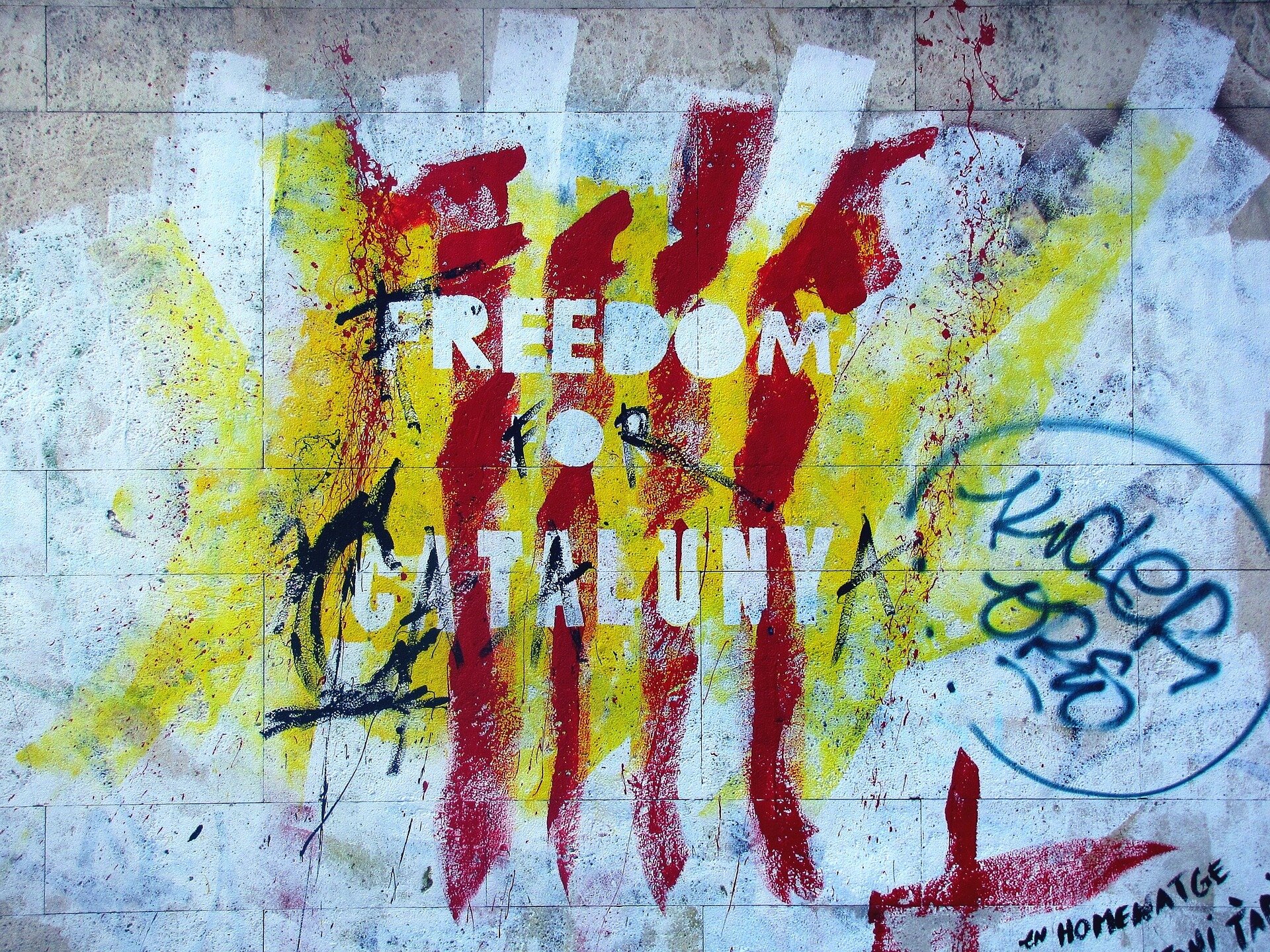 After the 2015 elections, another general election took place in 2016. However, again there was no clear majority winner and the head of the PP, Mariano Rajoy, led the country through agreements with other parties until 2018. In 2018, a “vote of no confidence” led to the PP losing its position at the head of the government. The principle reason for this vote of no confidence was the fact that this party was determined to have been receiving illegal payments from different sources from the beginning of the formation of the party.
After the 2015 elections, another general election took place in 2016. However, again there was no clear majority winner and the head of the PP, Mariano Rajoy, led the country through agreements with other parties until 2018. In 2018, a “vote of no confidence” led to the PP losing its position at the head of the government. The principle reason for this vote of no confidence was the fact that this party was determined to have been receiving illegal payments from different sources from the beginning of the formation of the party.
Additional general elections were held in April and November of 2019. The country was still unable to elect a majority leader, which has caused significant issues for deciding on a Prime Minister. Today, the coalition agreement between PSOE and Unidas Podemos is the left-wing governing party that is at the head of the table, and the head of the PSOE party has been elected as the new Prime Minister of Spain in a parliamentary election at the beginning of 2020.
Another important thing that has happened since 2015 is the referendum held in Catalonia for a vote for independence in 2017. While this movement for separation was considered illegal by the central government, it has also led to much dissatisfaction and political unrest across the country. You can read more about this situation here.
It is also important to note that in these most recent elections that ultra-right-wing party Vox has managed to obtain a fair amount of seats in the government. The rise of Vox has meant that the party Ciudadanos has lost some of its power. Some people say that the rise of Vox is due to the Catalan movement for separation and the desire to keep the country of Spain together. This party sticks to fairly conservative views such as limiting immigration and rights such as gay marriage (which has been legal in Spain since 2005—read more here)
We know that we have shared a lot and a little at the same time—a lot for people with no background into the Spanish political system but a little for those of you who have a lot of experience. We hope you have learned something new and that you continue to visit this blog for more information about what is going on in Spain. Let us know in the comments if there is something specific you would like us to look at!
Sincerely,
Spain
Resources:
https://eacea.ec.europa.eu/national-policies/eurydice/content/political-and-economic-situation-79_en
http://www.rogerdarlington.me.uk/Spanishpoliticalsystem\
https://www.expatica.com/es/living/gov-law-admin/spain-government-106928/


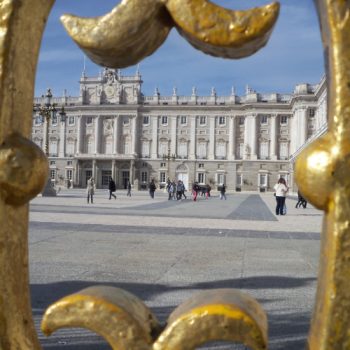


2 Comments
dtejedor@gmail.com
In general, a good article. Some information for adjust it. PSOE left any replublican intention since the 80’s decade.
Our Monarchy does have just a representative power, not real one out of that. if you want ro compare UK monarchy released the last of their absolutist powers back in…2007, and keep for them a good percentage of i.e. BP shares
the republican flag showed is from the second republican period that last less than 3 years, previous ones since early 18th century, including the first republican period was having the same colors than the current flag (just red and yellow )
regarding equivalence on the politics with the US, I would say the democrats are more aligned with our liberals/right wind parties, and republican party would be much more right-sided, even considered far-right in some of their possitions regarding abortion, death penalty or gun control.
yours sincerely,
A Spaniard.
Sincerely, Spain
Dear Spaniard,
Thank you for your clarifications. I have updated the information about PSOE and their original support for a republic and will leave everything else in the comments (hopefully people will take a second to read them!).
And I would just like to note that when I compare European and U.S. politics in person I always refer to the fact that U.S. is much more conservative (both parties) than most European States.
If you would like, please check out our other political and historical posts and share your input!
Sincerely,
Claudia